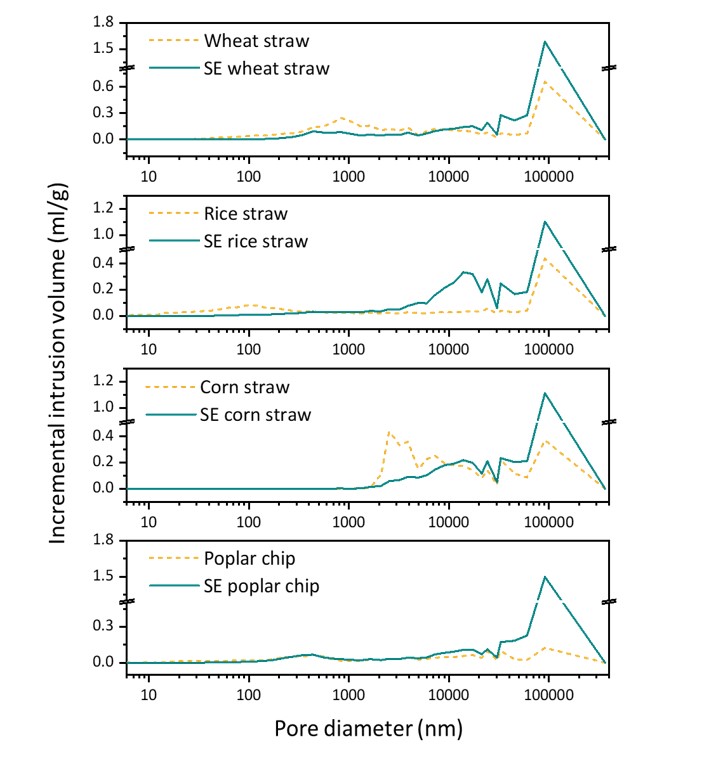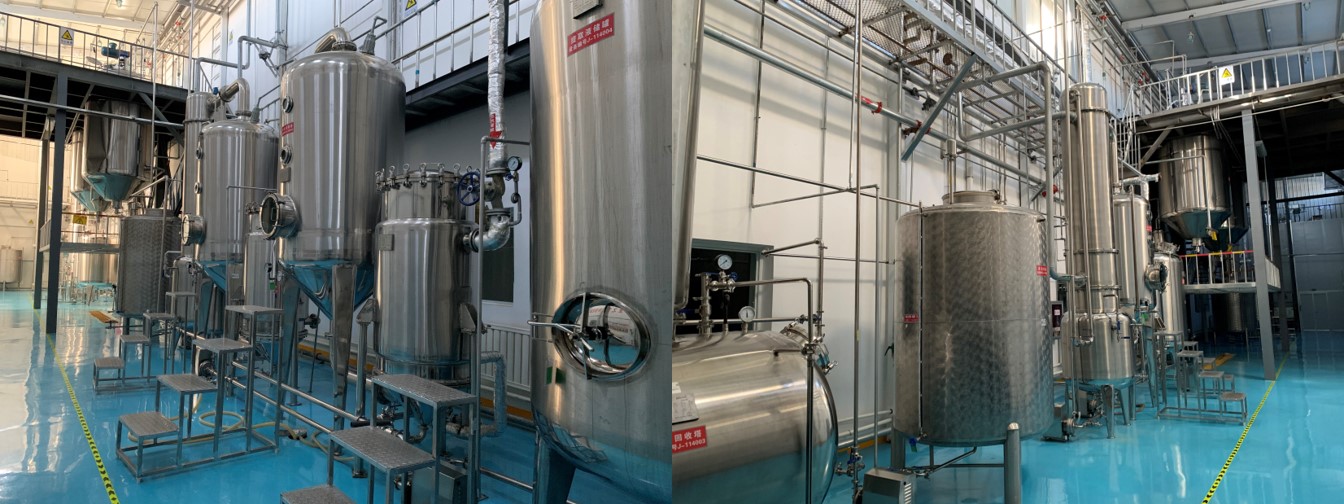
Fig. 1 Pore size distribution of wheat straw, rice straw, corn straw and poplar chips before and after steam explosion

Fig. 2 Long and short fiber classification device of biomass
Development and application of marine microorganisms
Salt tolerance of the microorganisms in the marine sediments collected from marine fish farms were investigated. The microbial communities were analyzed by high-throughput sequencing. The inoculum from the wastewater plant (IWTP) was taken as a control. The inoculum from the marine sediment (IMS) exerted excellent capacity for anaerobic digestion at salinities of 0.3% - 9%. The bacterial taxonomic richness of IMS was about half of that in IWTP. The animal parasites or symbionts in IMS were much fewer than in IWTP. This could help to understand the microorganisms in marine sediments and the application in waste treatment.
Demonstration production line of functional components of Cistanche deserticola
We have developed a set of innovative key technologies by analyzing the nutrients, characteristic active components, and extraction and separation processes in Cistanche deserticola. It has significantly improved the economic income of farmers and herdsmen, stimulated their enthusiasm for planting sandy plants, and contributed to the ecological management of desertified land.

Fig. 3 Production line of functional components (treated raw materials ≥ 30t/a)
Establish a new production process of ε- Polylysine
Using the negative charge property of pectin to replace the cation exchange resin in the traditional process, the purpose of separating and purifying ε-PL from ε-PL fermentation broth was achieved by cleverly designing the steps of "precipitation-depolymerization-precipitation", and obtained A pectin-ε-PL complex with better antibacterial performance.

Fig. 4 Traditional separation process and the new process used in this study for ε-PL
 Search
Search



 京公网安备110402500047号
京公网安备110402500047号